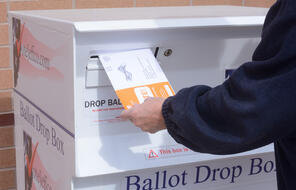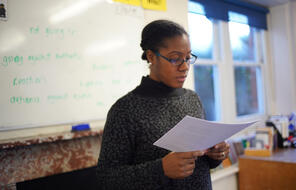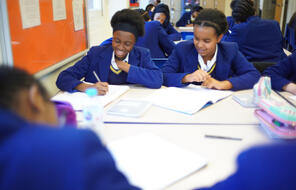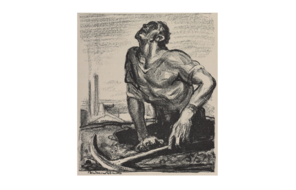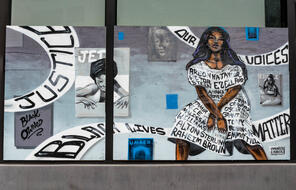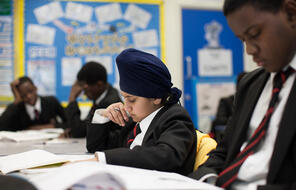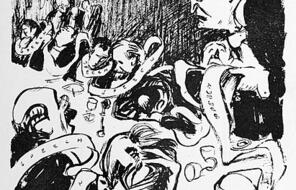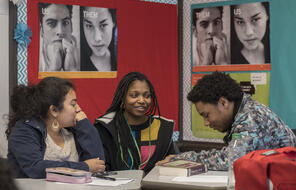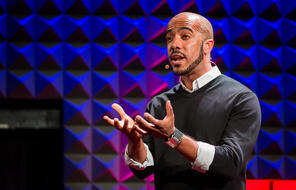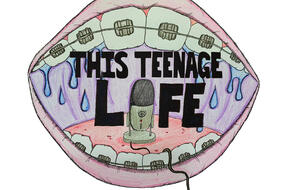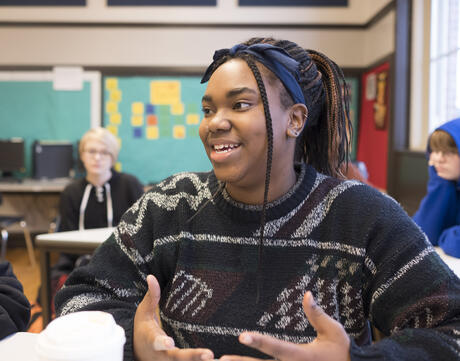
How to Bring Spoken Word Poetry into the Classroom
Subject
- English & Language Arts
Grade
6–12Language
English — USPublished
Overview
About This Mini-Lesson
Since poetry slams gained in popularity in the 1990s, youth from around the world have competed individually and in teams in local, national, and international spoken word tournaments. “Contain[ing] elements of rap, hip-hop, storytelling, theater, jazz, rock, blues, and folk music [and] characterized by rhyme, repetition, improvisation, and word play,” 1 spoken word poetry is meant to be performed, heard, and experienced. Since the first poetry slam in a Chicago jazz club in 1986, the genre has provided youth with a creative and impactful way to explore issues of identity, belonging, prejudice, gender, social justice, and race.
As we continue to celebrate National Poetry Month this April, the following teaching ideas can help bring spoken word poetry into your classroom to help students raise their voices to make personal, social, and political statements about the issues that impact their lives and communities.
- 1“Spoken Word,” Glossary of Poetic Terms, Poetry Foundation, accessed April 9, 2017.
Activities
Activities
Materials and Downloads
Resources from Other Organizations


